Alongside the launch of new OLED models, Apple has revealed a spiritual successor to the iPhone XR, with the iPhone 11 offering a similar form and LCD screen, but this time with two cameras on the back instead of one.
Announced at Apple's "Innovation Only" event on Tuesday, the iPhone 11 is an updated version of the iPhone XR, housing a 6.1-inch Liquid Retina HD IPS LCD. The 1792-by-828 resolution screen has a pixel density of 326ppi, is also True Tone-equipped, has a 1400:1 contrast ratio, Haptic Touch, and has wide color P3 support.
Arguably the biggest update to the product line is, as with the other launches, the additional camera on the back. Rather than switching to a triple camera setup as with the OLED-based models, Apple has instead moved from the iPhone XR's single wide-angle camera to a dual camera setup, bringing it in line with the iPhone XS and iPhone XS Max from last year.
Rather than wide and telephoto, the new lens is in fact an Ultra Wide Angle lens, providing a 120-degree field of view. It is possible to line up a shot in the normal wide camera, then zoom out see the wider angle image.
While the Ultra Wide is a 13mm f/2.4 shooter with a five-element lens, the old Wide camera is a 26mm f/1.8 version with a six-element lens, optical image stabilization, and 100% Focus Pixels.
The sensors are 12-megapixel versions, complete with deep and large pixels introduced last year to help improve low-light photography, while its computational photography capabilities enable it to continue offering Portrait shots. A HDR mode and 4K video recording capabilities are also offered.
New for this version is Quick Take, a mode in the camera app to quickly record a video, as well as an interface that takes advantage of the Ultra Wide lens to show more of the frame by making the interface translucent. Also, Portrait Mode, which worked only for humans on the iPhone XR, will now work with pets.
To the front, the TrueDepth Camera array has been upgraded to a 12-megapixel camera, but still retains the same Face ID authentication, Portrait Lighting effects, bokeh and depth control, smart HDR, 4K recording, and support for Animoji and Memoji.
The TrueDepth Camera can also record slo-mo video for the first time, and many of its features now work properly when the iPhone is turned on its side.
Apple has added the 64-bit A13 Bionic processor, made using a 7-nanometer fabrication process and said to be the fastest CPU in a smartphone, in part due to its faster Neural Engine and Machine Learning Accelerators that enable more than a trillion operations per second to be performed. The A13 is also said to have the fastest GPU in a smartphone, building on top of the speed offered by the A12's version.
The iPhone 11 will be offered in a wide number of color options, including white, black, red, green, yellow, and purple.
Battery life is claimed to be even longer than the iPhone XR, with the iPhone 11 said to have an hour more of usage than its predecessor. Audio is provided with Dolby Atmos support for spatial audio and improved sound quality, while its IP68 rating makes it water resistant to a maximum depth of 2 meters for up to 30 minutes.
Apple is pricing the iPhone 11 starting from $699. Orders ship to consumers with arrival as soon as September 20.
 Malcolm Owen
Malcolm Owen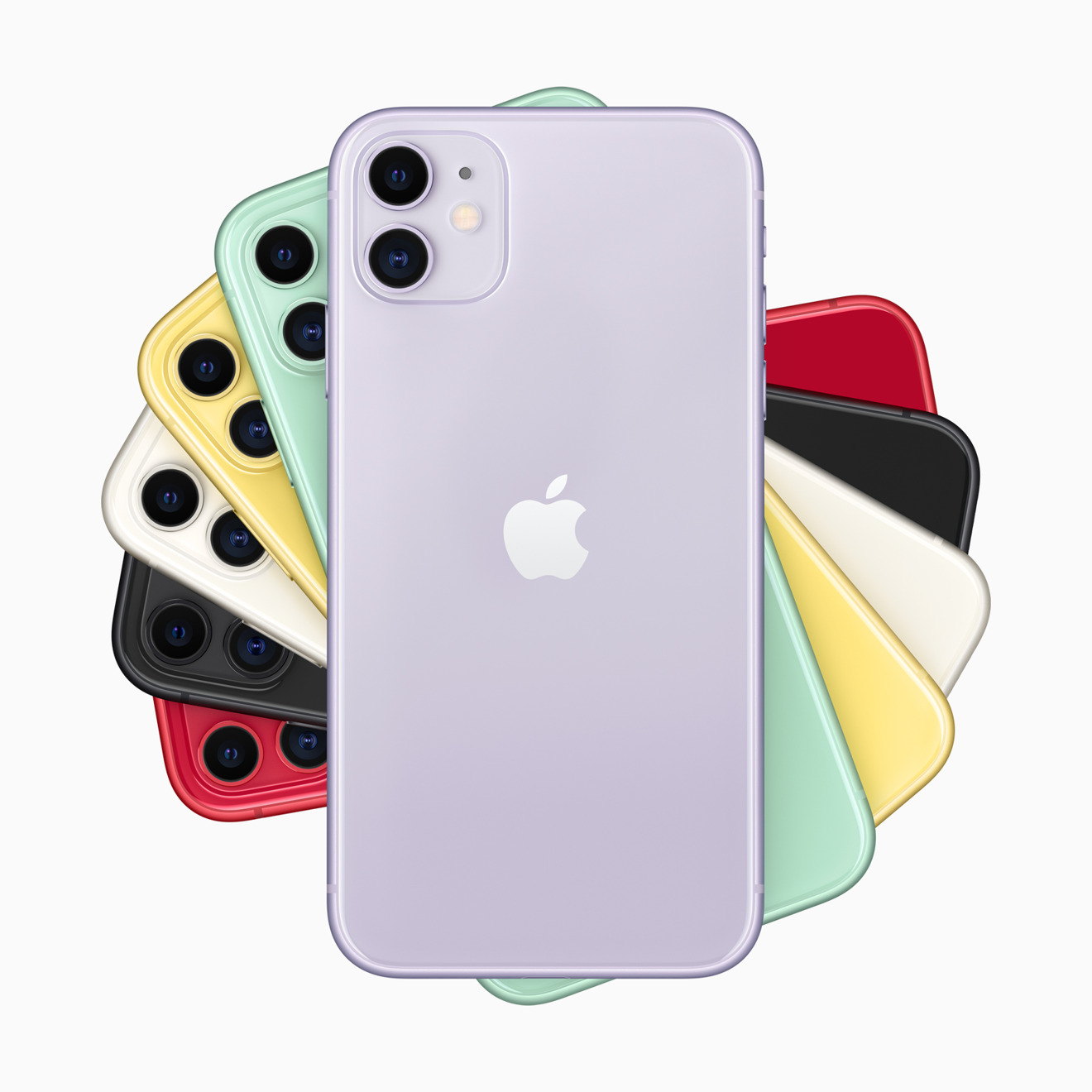
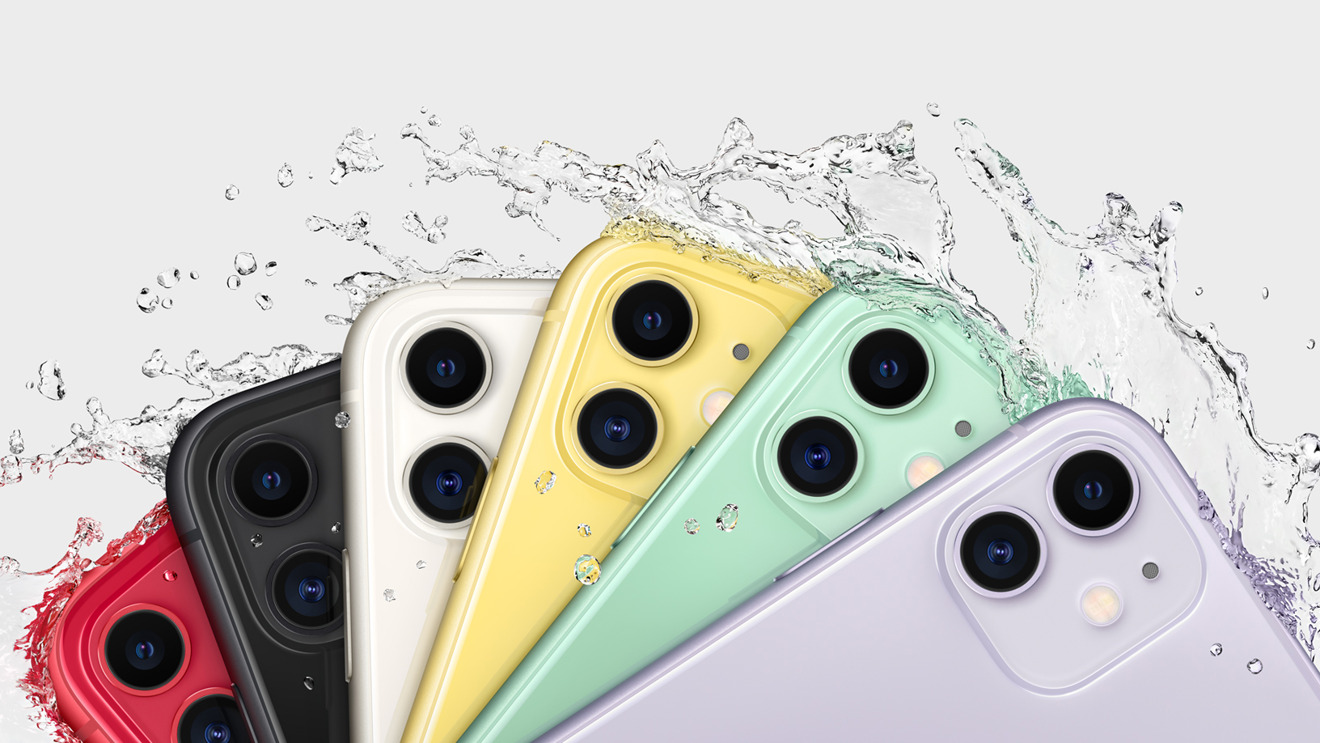
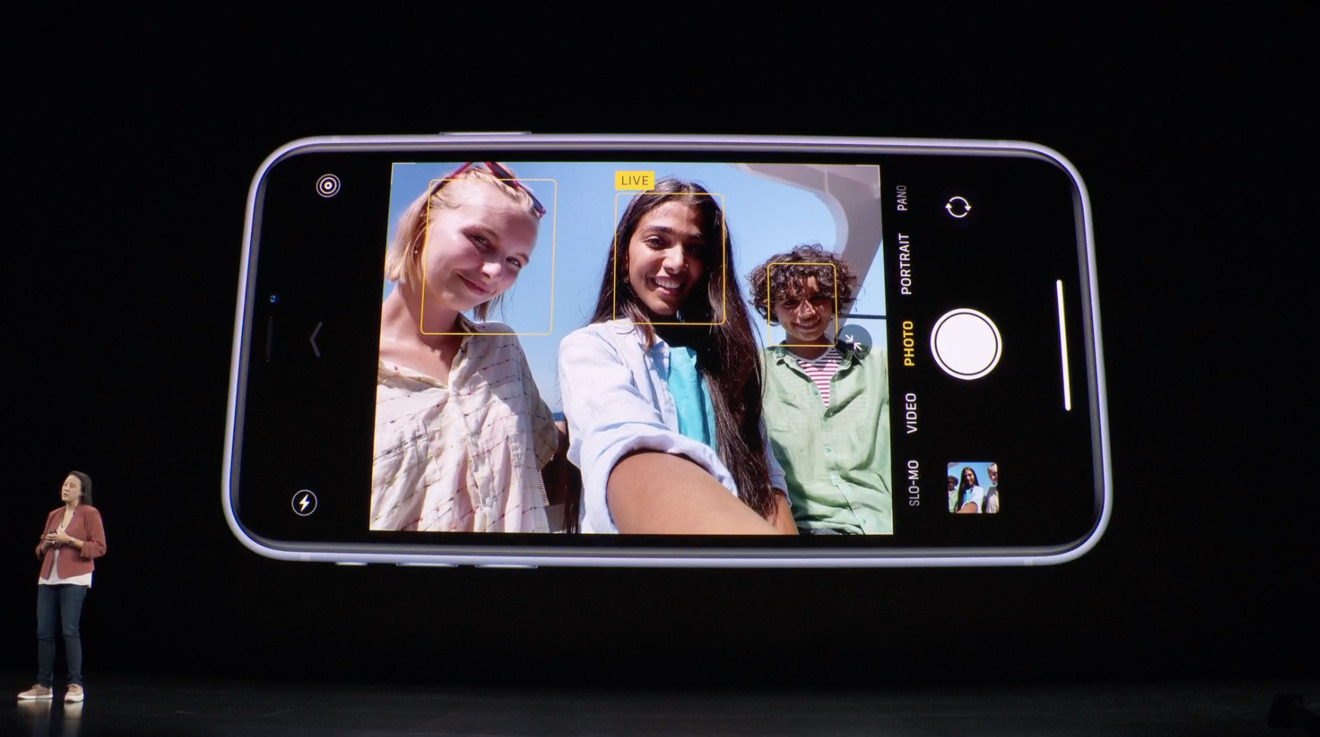
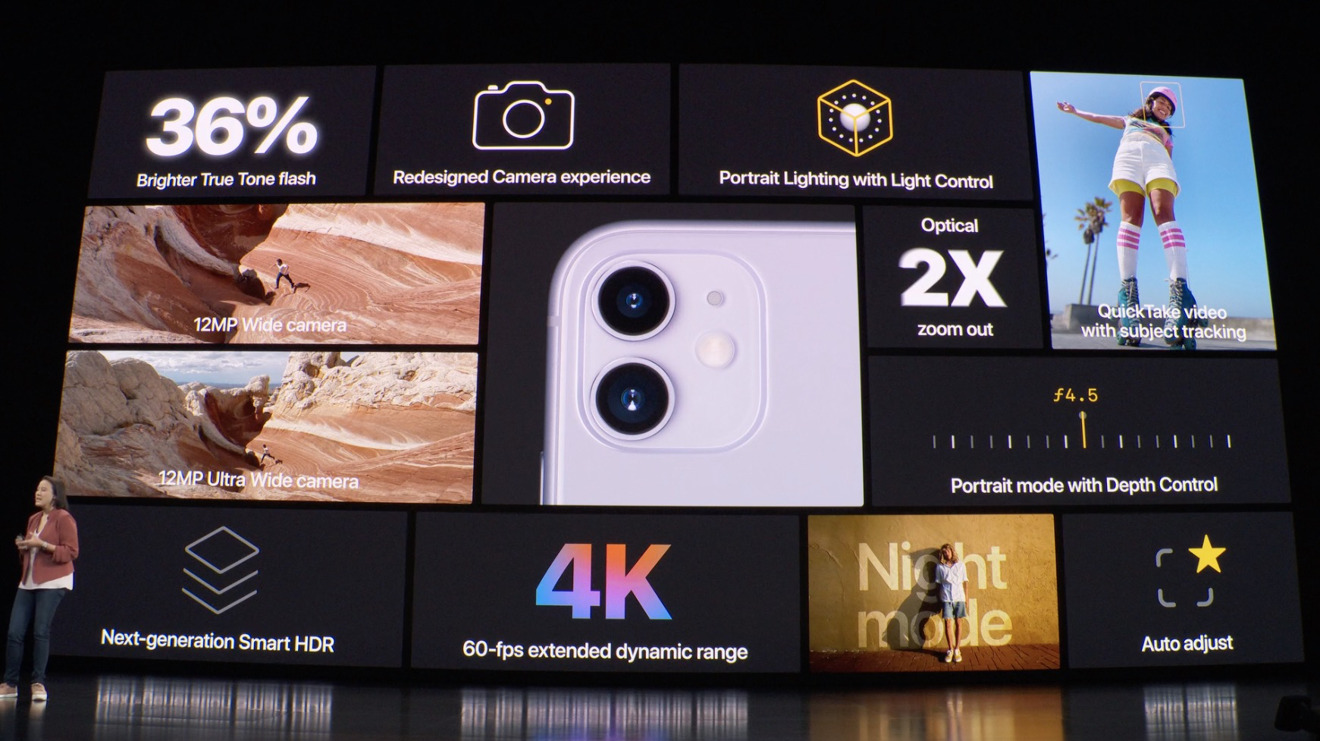







-m.jpg)





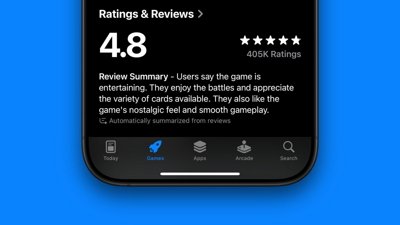
 Marko Zivkovic
Marko Zivkovic
 Wesley Hilliard
Wesley Hilliard
 Amber Neely
Amber Neely


 William Gallagher
William Gallagher

 Christine McKee
Christine McKee

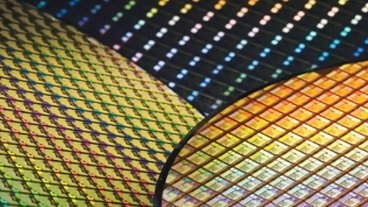


-m.jpg)



29 Comments
Does iPhone Xr or iPhone 11 output 4k video through the lightning port?
For a min I thought this was the replacement for the iPhone XS and thought they removed the telephoto lens.
Slofies 🤦
Maybe I was expecting too much from this release. The camera bumps are now on a separate bump so it's all got worse instead of better.
It's just a spec bump phone.
and cost $2500.00 dollars